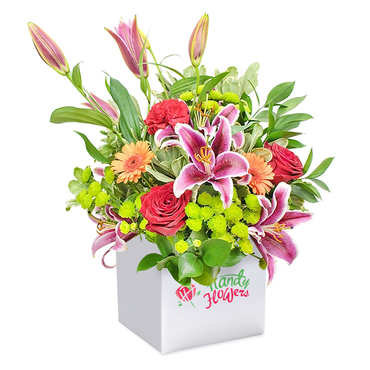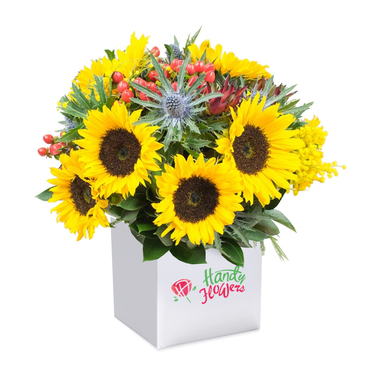
Hyacinths are one of the most popular flowers in both bouquets and to grow in the garden. Many florists include them in arrangements as they add a touch of class and splash of colours to any floral display. When planted outside, they make an eye-catching feature to any garden. But caring for these flowers takes a bit of care and attention. Unlike some other blooms you’d find at a flower shop, you can’t typically leave hyacinths to their own devices - they need the right conditions in order to really thrive. But when cared for right, the flowers delivered to your door can be transferred to your garden to add that extra colour that will bloom time and time again. Below, we share some top tips on looking after your hyacinth from the moment they arrive on your doorstep.
Deadheading - hyacinths tend to bloom quite quickly, and once they do, you need to keep an eye on them and be prepared to do some deadheading. This is usually needed around 8-12 weeks after the first bloom. You will notice the flowers begin to die off and the leaves wither. Once the flowers turn brown, that is the time to cut the entire stalk as part of the deadheading process. But this must be carried out properly, avoid bending or breaking storks if possible as this can damage them and prevent the hyacinth from blooming again. If you are not sure about the best way to deadhead, check online or ask your local flower shop for advice.
Feed and water well - hyacinths do well when fed with appropriate flower food - again, you can talk to a professional florist to find out what the best options are. Alongside food, be careful to monitor the water you give to your hyacinth: too much can cause bulb rot, so be sparing with the liquid side of hyacinth care. And don’t forget to water your hyacinth even when it is not in bloom, as it still needs the energy to move to the next phase of its lifecycle and rebloom next season.
Keep cool - when cared for indoors, hyacinths prefer a cooler environment. But they still need access to the sun as they won’t flower in the shade. Finding a balance can be tricky, but it is worth the effort as the resulting bloom is always impressive.

Re-pot/Move outside - at some point you will likely discover that your hyacinth is outgrowing its pot.
This is completely natural, as this species sends out new shoots with every growth cycle. But it does mean that if you want to keep your hyacinth looking its best and staying healthy, you will need to move it to a bigger pot - or better yet, move it outside where it can grow to its heart’s content.
Soil types - if you decide to relocate your hyacinth outside, make sure to check the soil type you plant it in. They can be quite temperamental with soil, so it needs a certain PH (6-7) level to really thrive. You can get kits that help you identify the PH of your own soil, so you can make sure you are creating the best environment for the flower.
Plant in autumn - for best results when planting outside, do this in autumn. This will help make sure the hyacinth gets adequate water and food while it prepares for new growth in the spring. It also means you don’t have to worry too much about maintenance until it blooms again in the new season.